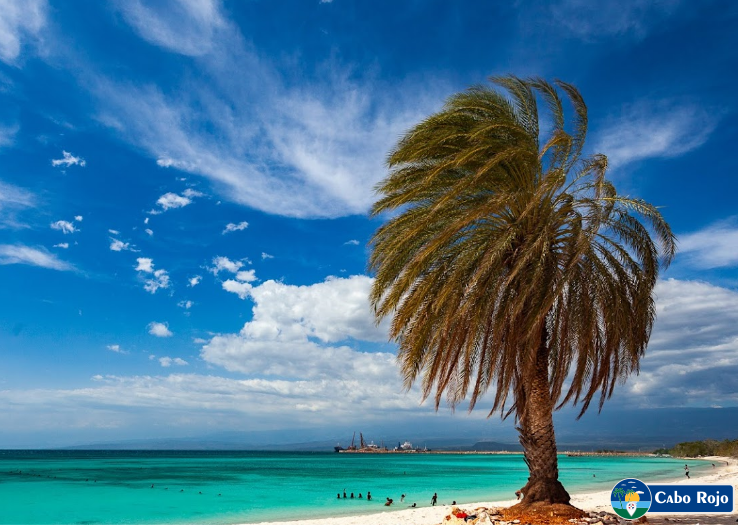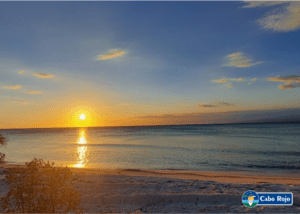
Red Cape is an area that covers about 8 km on the southwest coast of the Dominican Republic in the province of Pedernales that has many attributes to make you fall in love with its beauty, it also has unique things in the Caribbean.
There is a port that bears the same name, with a draft of about 10.9 meters and a length of 100 meters, this terminal is mainly used for the export of bauxite and limestone. Initially built by ALCOA (Aluminum Corporation of America); It is currently operated by the company Cementos Andinos, with Colombian capital.
Red Cape beach is also located in this area of the country. Totally virgin, with a unique and enviable biodiversity, but also with great tourism potential, the entire area is currently under the gaze of investors from the tourism sector. These qualities have sparked a debate in the Dominican Republic, confronting those who oppose its privatization due to its high ecological value against those who want a tourist exploitation of said beach.

With about eight kilometers of coastline, Cabo Rojo beach is one of the most visited by residents of the Province and surrounding areas. This stretch of sea, until a few years ago, was a spa with limited access due to the bauxite mining that was carried out in the area and that filled the province with prosperity for many decades. Currently gaining prominence for its waters and unique landscape.
Red Cape has been for many years a port for fishermen who leave from this point to sail the seas in search of their livelihood. Totally virgin, with a unique and enviable biodiversity. Here, as in Bahía de Las Águilas, there is an important reserve of juvenile hawksbills.
The port is located in the province of Pedernales, with mainly agricultural activity: coffee and cattle production. Fishing is also an important activity, and it is one of the provinces with the highest catch of fish, lobsters and lambí. Cabo Rojo limestone mining, when it was in operation, was also important.
Known for its beautiful white sand beach, Cabo Rojo owes its name to the presence of bauxite in the area that gives the dirt roads a dark rust color. It remains one of the most popular beaches in the region, captivating its visitors with its spectacular views of the coast.
Its turquoise waters are also home to some of the best-preserved coral reefs in the Caribbean, providing a breeding ground for West Indian manatees and hawksbill sea turtles.
To find out about other interesting places in the Dominican Republic, follow us at visitadominicana.com
How to get to Red Cape: CLICK HERE!
